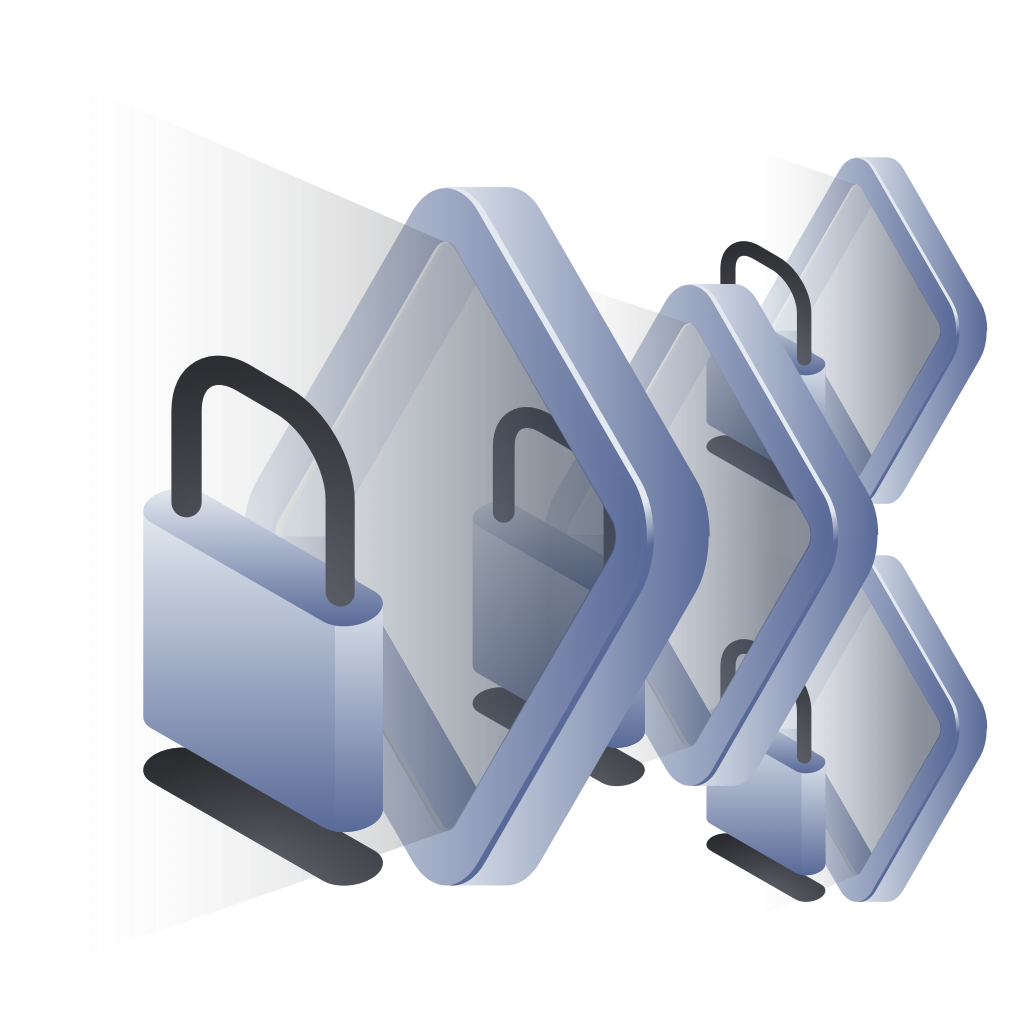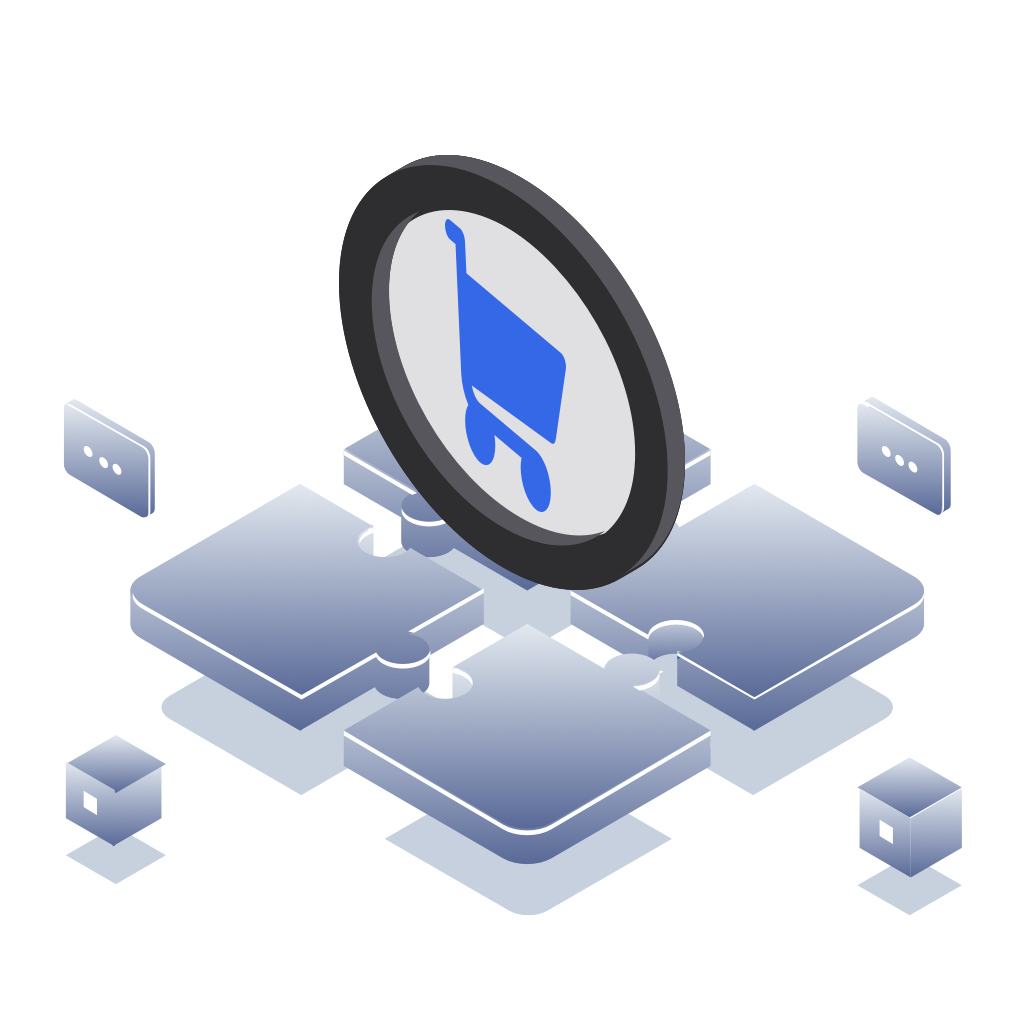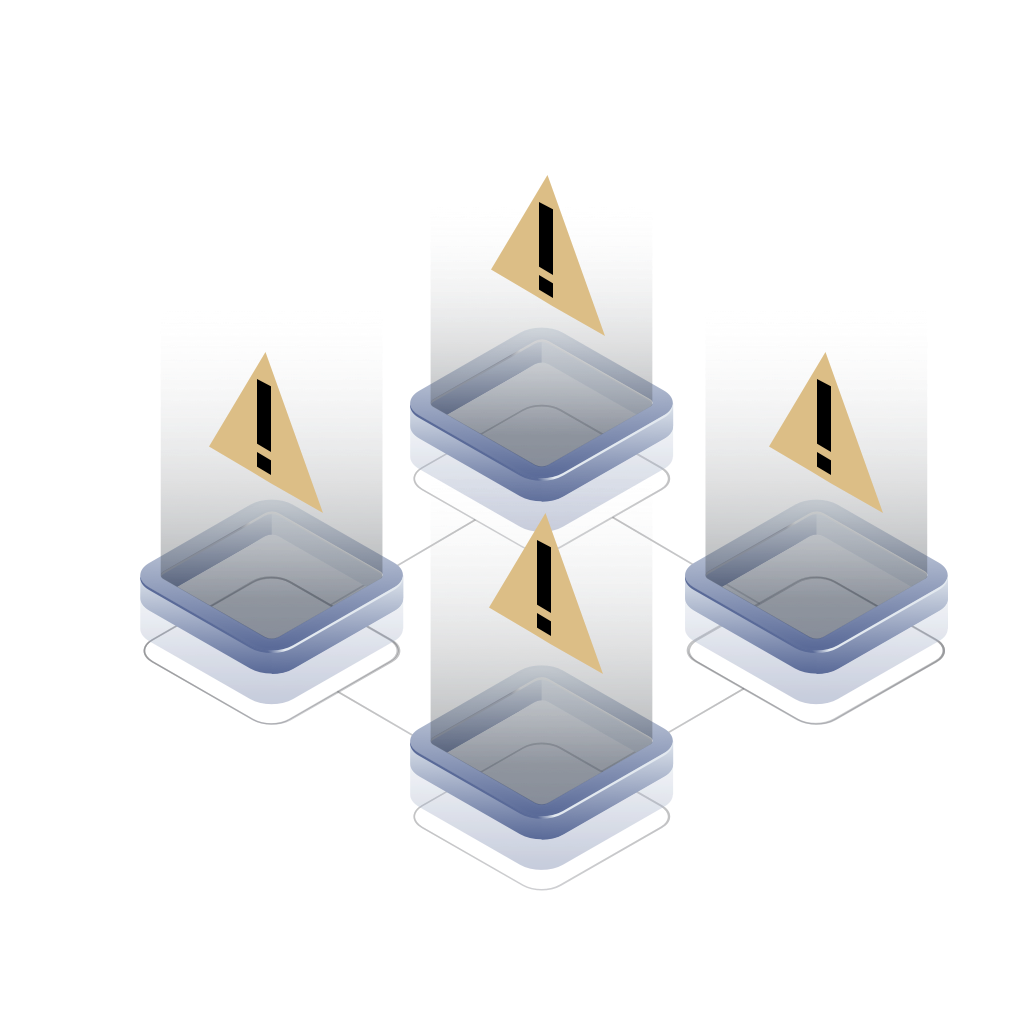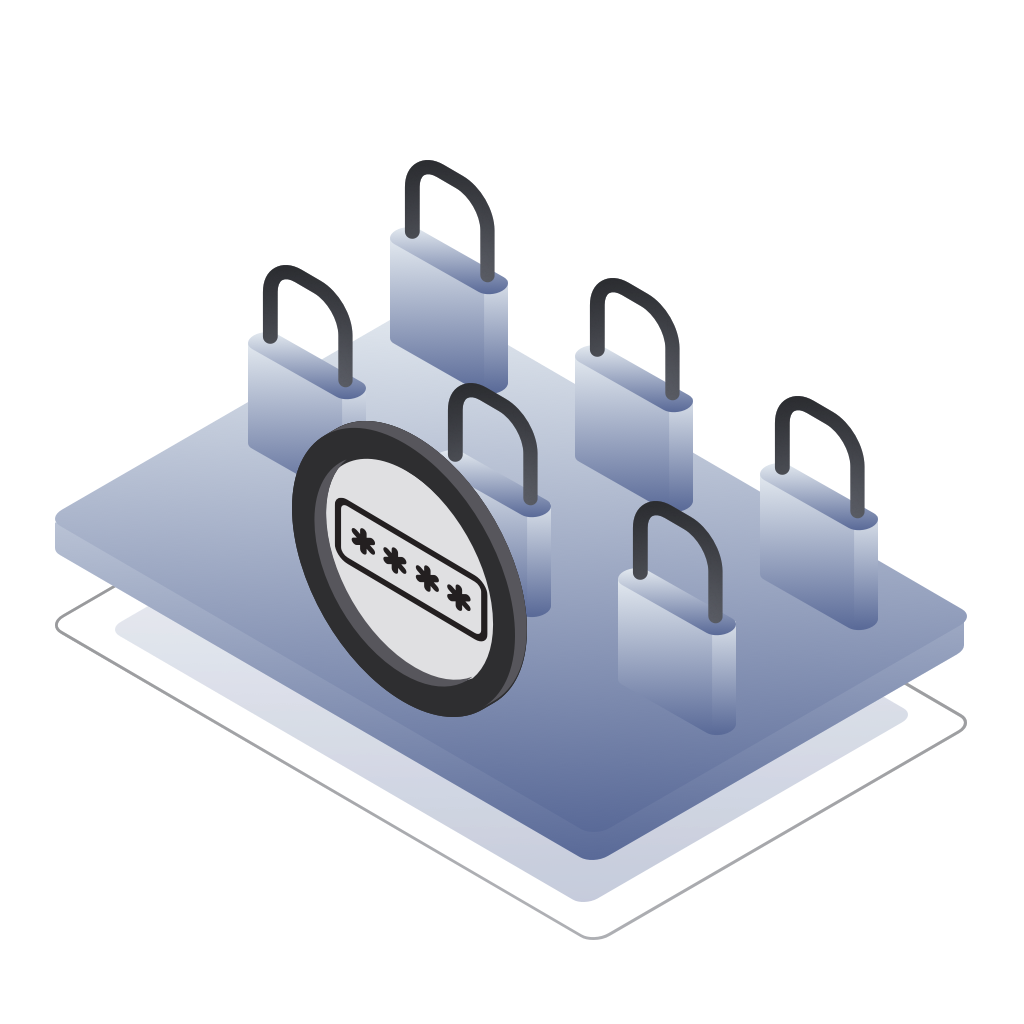Cloud Directory
Moving your costly, restrictive (in terms of scalability, resilience, and deployment) on-premise directory storage to a Cloud Directory has never made more sense than it has now.
EmpowerID’s Cloud Directory provides a complete and fully customizable multi-tenant centralized identity store in the Cloud This is fully customizable to your organization and provides many options. On the one hand, this could be a minimal directory that captures just the required profile data needed to authenticate customers.


Password Management
Organization’s endure a massive on-going problem with password management.
Not only because of the lackadaisical approach to password security by many users, but also because of the actual controls and systems themselves. The results are legal and compliance issues, increased security risks, unproductive time, frustrations and, at the receiving end, an overburdened support team. EmpowerID changes all that, and more.
Group Management
The increasing number of apps and systems, across both Cloud and on-premise
EmpowerID’s IT Shop brings a familiar one stop, shopping cart experience to your group access request process. Users perform a simple search for the groups and application roles they want—from any type of connected system—and then add them to their cart. Your managers may shop for multiple direct reports as part of the onboarding process and they can make any requests for permanent or temporary membership.


Dynamic Group Management
Many organizations still rely on managing their data-driven groups with scripts or manual processes.
EmpowerID’s Group Management module provides self-service, delegated administration, and role-based group membership for groups or application roles in all your systems. This functionality is a boon for organizations who are currently managing data-driven groups via scripts or manual processes.
Lifecycle Management
Probably the critical component in maintaining Compliant Access is lifecycle management.
Many organizations use a Human Capital Management (HCM) system to both maintain user data for employees and to initiate all status changes Ideally, this should include the entire lifecycle—start-to-finish—of interactions and communications with that user.


Single Sign-On
Making the user experience as easy and enjoyable as possible are key components in the uptake and acceptance of applications and new systems.
With a single set of credentials, and from any of their devices, users gain simple one-click access to all their applications in the Cloud and on-premise. Using existing credentials, users one click sign into their personalized web portal and access their assigned business apps
Multifactor Authentication
Striking the balance between usability and protection is one of the major problems with organizational security.
Cybercrime is on the increase and your organization’s resources are attractive to the hacker. Unfortunately, because 80% of data breaches are due to weak or stolen credentials, it is clear that passwords and password practices are of prime concern for your organization


Access Recertification
To maintain compliance, your users need to have the appropriate access for their roles. security.
It is important that all your users have the correct assignments, i.e. appropriate to their roles and at all times. Not only because the efficiency of your organization depends on it, but also because of the requisite legal and compliance obligations. These state that organizations must periodically review their access assignments
Risk Management
Delivering compliant access is key. With distributed networks, both on-premise and in the Cloud
One goal of any organization is to efficiently deliver Compliant Access. In your organization’s sense, Compliant Access means access that is both “position appropriate” and that adheres to your risk-related “business policies”. Compliant Access not only keeps your organization on the right side of your legal obligations, but it also enhances your Zero Trust strategy.


SharePoint Online Access Management
Managing SharePoint takes time. Whether granting users access
EmpowerID’s IT Shop provides one stop shopping for SharePoint sites in any of your SharePoint Online tenants It uses a familiar shopping cart for the SharePoint access request process.
File Share Access Management
Empowering both technical and non-technical users offers many benefits to your organization
In the same way that users can search for applications, resources, etc., they can also do so for file share access. Users are long familiar with online shopping carts and the simple functionality they offer


Role Mining
Role-based security management provides increased efficiency and other benefits for your organization.
The starting point for many EmpowerID projects is to establish business roles and organizational locations. The best sources for this data are usually your HR or Human Capital Management system (HCM), and Active Directory. One major advantage of EmpowerID it that is comes with a wide range of out of the box connectors for such systems.
Password Vault
User passwords and practices within organizations still poses a substantial risk.
EmpowerID’s password vault enables the secure sharing of passwords and other sensitive information, such as API keys or digital certificates. Your end users can request temporary access to vaulted credentials. Granular policies control and determine who may request which credentials, for how long, and whether the credential’s password should be reset on check-in


Privileged Session Management
With 62% of security breaches attributed to privileged accounts
When you consider that 62% of security breaches are attributed to privileged accounts abuse, it raises questions around constraint, limitation, and prevention. On the one hand, you need these elevated accounts to keep both essential and non-essential systems running. Yet, on the other, the almost unlimited access to system resources they require poses enormous business risk The only feasible answer here is with the Zero Trust model.
Computer Identity Management
Historically, local computer administrator accounts are an easy target for hackers.
Because local computer administrator accounts effectively “own the machine”, and have full access to all local resources, including databases, they are a primary target for hackers. This initial local admin hack then provides the springboard from which additional attacks take place.


Virtual Directory
LDAP has many advantages and disadvantages. One main disadvantage is it only supports a single directory
The Virtual Directory Server supports Zero Trust security programs by acting as a proxy (or barrier) between your users and the sensitive data stored in your corporate Active Directories. This provides a two-fold benefit of adding a valuable security layer to protect your senstive information and it reduces the load on your production directories.
Application Gateway
The cost of replacement of legacy apps and systems means that many organizations still have these embedded into
The Application Gateway is a lightweight microservice that secures per application access to your on-premise, cloud, and hybrid applications without a VPN. The gateway embeds modern security into traditional web apps and plays a key role in your organization's Zero Trust strategy


